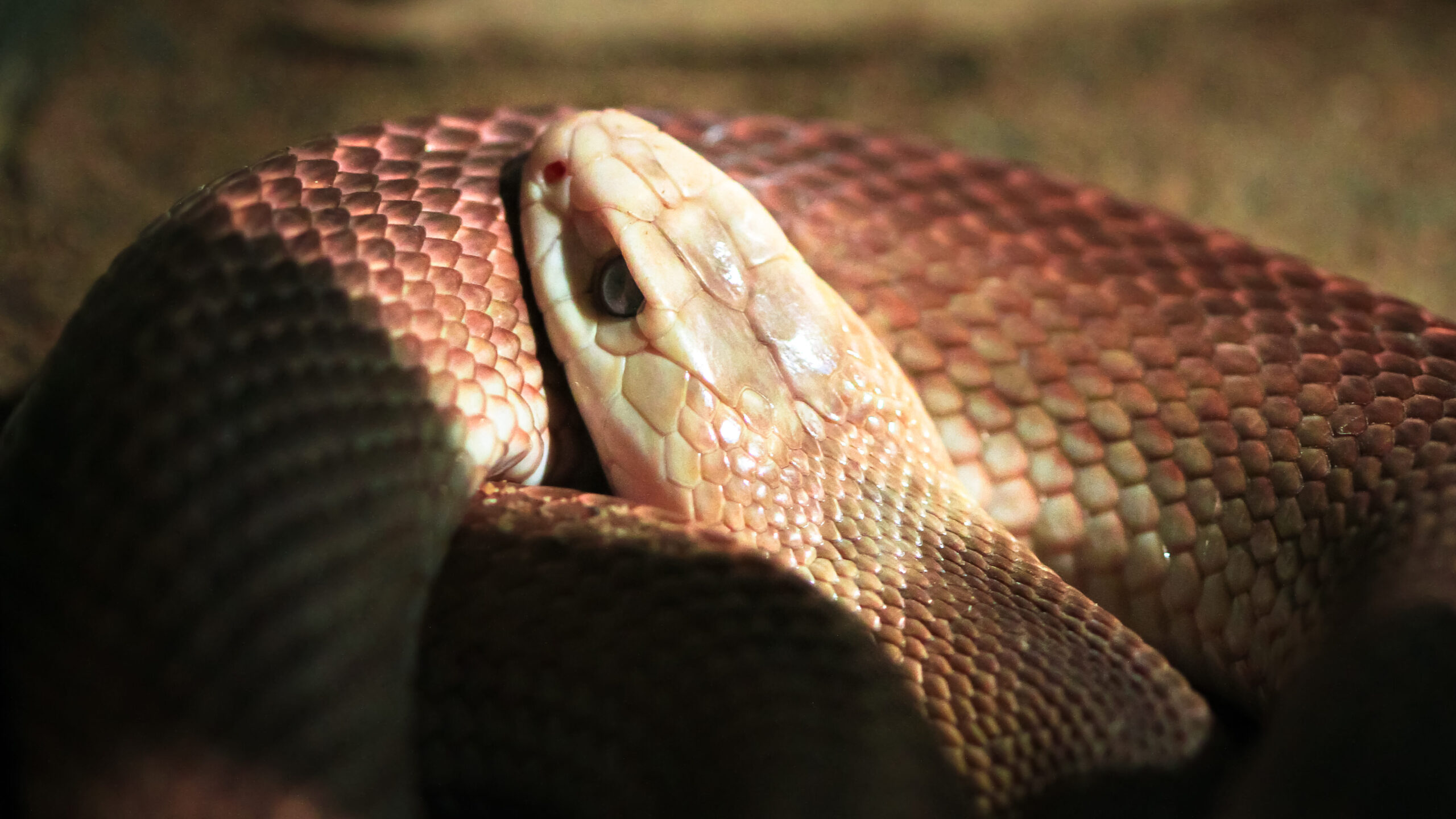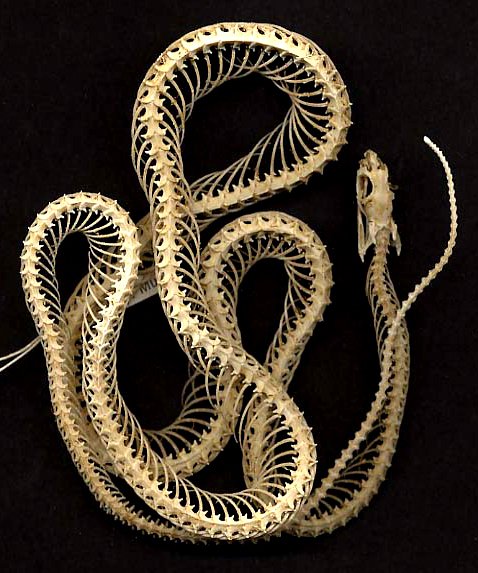Introduction
When it comes to venomous serpents, Australia is home to a few of the most interesting and unsafe varieties in the world. Amongst these, the Tiger Snake attracts attention not just for its potent venom yet likewise for its appealing actions. Understanding the habits of poisonous snakes like the Tiger Snake is vital for both wildlife enthusiasts and those living in locations where these serpents are present. This short article delves into various facets of Tiger Serpent actions, habitat, identification, safety measures, and emergency treatment practices in case of a snake bite.
Understanding the Habits of Venomous Snakes Like the Tiger Snake
The Tiger Snake, scientifically called Notechis scutatus, is well-known for its hostile nature when intimidated. These snakes show a range of habits that can be quite various from their non-venomous counterparts.
Characteristics of Tiger Snakes
The Tiger Snake is conveniently recognizable because of its distinct bands or red stripes that appear like a tiger's markings. They can differ in shade from yellowish-brown to dark olive or black. This coloration offers not just as camouflage however also as a caution signal to possible predators.
Adaptability to Environment
One amazing element of their actions is their versatility to numerous settings. Discovered largely in seaside regions, marshes, and marshes throughout Australia and Tasmania, they can thrive in diverse environments including city locations.
Hunting Techniques
Tiger Serpents are ambush killers largely preying on fish, frogs, and little animals. They possess eager eyesight and an acute feeling of smell which assists them in situating prey effectively.
Venom Composition
Their venom has neurotoxins that influence the nerve system, bring about paralysis or death in smaller pets. For people, instant medical interest is critical after a tiger snake bite as Supportive Care a result of its possibly dangerous effects.

Natural Habitat of Tiger Snakes
Preferred Locations
Understanding where these serpents reside clarify their behavioral patterns. The tiger serpent habitat includes:
- Coastal regions Swamps Grasslands Urban areas with plentiful water sources
Seasonal Movements
During warmer months, Tiger Snakes are more active as they indulge in sunshine or quest for food. In contrast, chillier months see them pulling away into hibernation sites.
Are Tiger Snakes Venomous?
Yes! The inquiry "are tiger snakes venomous?" often emerges amongst those not familiar with this species. Their poison is considered among the most dangerous among all serpent varieties worldwide.
Symptoms of a Tiger Serpent Bite
If bitten by a tiger snake, signs and symptoms may include:
- Localized pain Swelling at the bite site Nausea and vomiting Sweating and confusion
Immediate clinical assistance is critical as unattended bites can bring about extreme wellness difficulties or even death.
First Help for Snake Bites: Quick Response Guide
Knowing exactly how to provide first aid for a snake bite could conserve someone's life. Below's what you ought to do:
Step 1: Continue to be Calm
Keeping calmness helps reduce heart rate which minimizes venom spread.
Step 2: Immobilize the Impacted Area
Keep the influenced limb still and below heart level if possible.
Step 3: Call Emergency Services
Always look for specialist medical aid promptly after a snake bite.
First Help for Snake Bite Set Essentials
A well-equipped snake bite emergency treatment kit need to include:
- A compression bandage Antiseptic wipes A pair of scissors A cold pack
Safety Safety measures: Protecting against Serpent Bites in Australia
Awareness Programs
Educating neighborhoods about neighborhood snake varieties and their actions can considerably reduce encounters leading to bites.


Avoiding Unsafe Areas
Staying away from lengthy yard throughout warmer months minimizes contact with serpents that may be resting or hunting.
Common Misconceptions Concerning Tiger Snakes
Many individuals think misconceptions concerning the actions of tiger snakes result in unneeded anxiety. Here are some clarifications:
Myth 1: All Tigers Are Aggressive
Not all tiger serpents will certainly present hostility if left undisturbed; many prefer running away as opposed to confrontation.
Myth 2: They Chase Humans
Tiger serpents do not actively go after people; they might strike when they really feel threatened however will usually pull back if provided space.
Conservation Initiatives Associated with Venomous Snakes
Conservation efforts focus on educating neighborhoods regarding Camouflage in Australian snakes safeguarding neighborhood wild animals while reducing human-snake interactions.
Importance of Ecosystems
Understanding that venomous snakes play a crucial function in preserving eco-friendly balance helps foster recognition as opposed to concern in the direction of them.
FAQs About Tiger Snakes
What should I do if I come across a tiger snake?- Maintain range and slowly retreat without sudden movements.
- While bites aren't very common because of awareness initiatives, they still take place each year within Australia.
- Baby tiger snakes can deliver full dosages of venom in spite of being smaller; therefore caution is encouraged around them.
- They primarily take in frogs, fish, little animals like rodents, and various other reptiles.
- It's prohibited in many territories without proper licensing because of security problems regarding their venom.
- Wear sturdy boots and stay on significant tracks; look before positioning hands or feet into concealed spaces like rocks or logs.
Conclusion
Understanding the actions of poisonous snakes like the Tiger Snake not just improves our knowledge but also promotes safety recognition among those living near their environments. From identifying their features, comprehending first aid methods complying with a bite, via involving preservation efforts-- every facet plays a necessary role in cultivating conjunction with these interesting reptiles while valuing their location within our ecosystem.
Behavior of venomous snakesAs we strengthen our understanding via education and learning and experience, we add favorably towards ensuring both human security and wild animals preservation-- profiting all events involved!